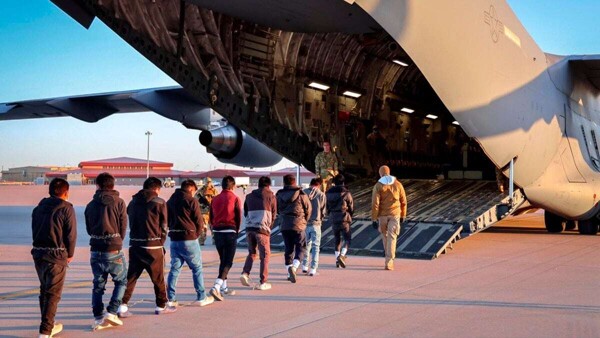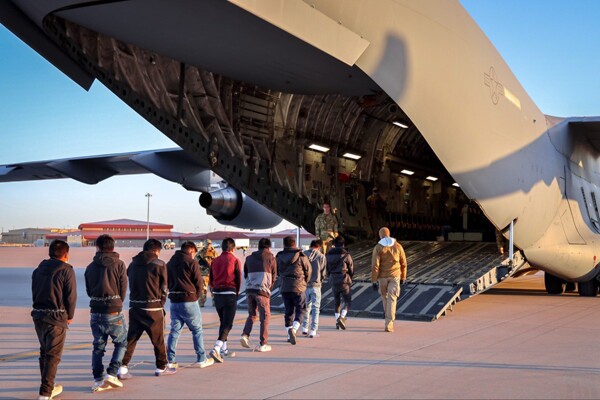
At the border between the United States and Mexico, President Trump's orders focus on how to finance the detention and transport of migrants, as well as managing countries that refuse to accept their citizens. During Biden's presidency, large white tents were opened to process migrants, although it is unclear what happened to them afterward. Trump faces challenges due to the high cost and diplomatic complexities of deporting people to distant locations.
In January, the Border Patrol released fewer than 7,000 migrants in the U.S., a considerably lower figure compared to previous years. Agents in San Diego are concentrated in mountainous and dangerous areas while tracking individuals and small groups trying to evade capture. Migrants can walk for up to two days in the wilderness before being picked up by smugglers.
Under Biden's administration, migrant detentions surpassed two million for two consecutive years before significantly decreasing after Trump took office. Trump's border emergency declaration, justified by the "invasion" of U.S. sovereignty, comes at a time of relative calm following years of turmoil.
On Thursday in San Diego, military personnel were deployed as part of a plan to strengthen security at the border with Mexico. Arrests for illegal crossings have significantly decreased, and the situation has stabilized compared to previous periods of high activity. Trump underscores the need to stop the illegal entry of foreigners and criticizes countries like Venezuela and Nicaragua that refuse to accept their deported citizens.
Currently, the Mexico-U.S. border shows signs of control, with a strengthened military presence and a decrease in illegal crossings. The Border Patrol is redirecting its focus toward tracking individuals and small groups in dangerous areas while remaining alert for potential attempts to evade capture. Additionally, a decrease in migrant trafficking has been observed compared to previous years.













